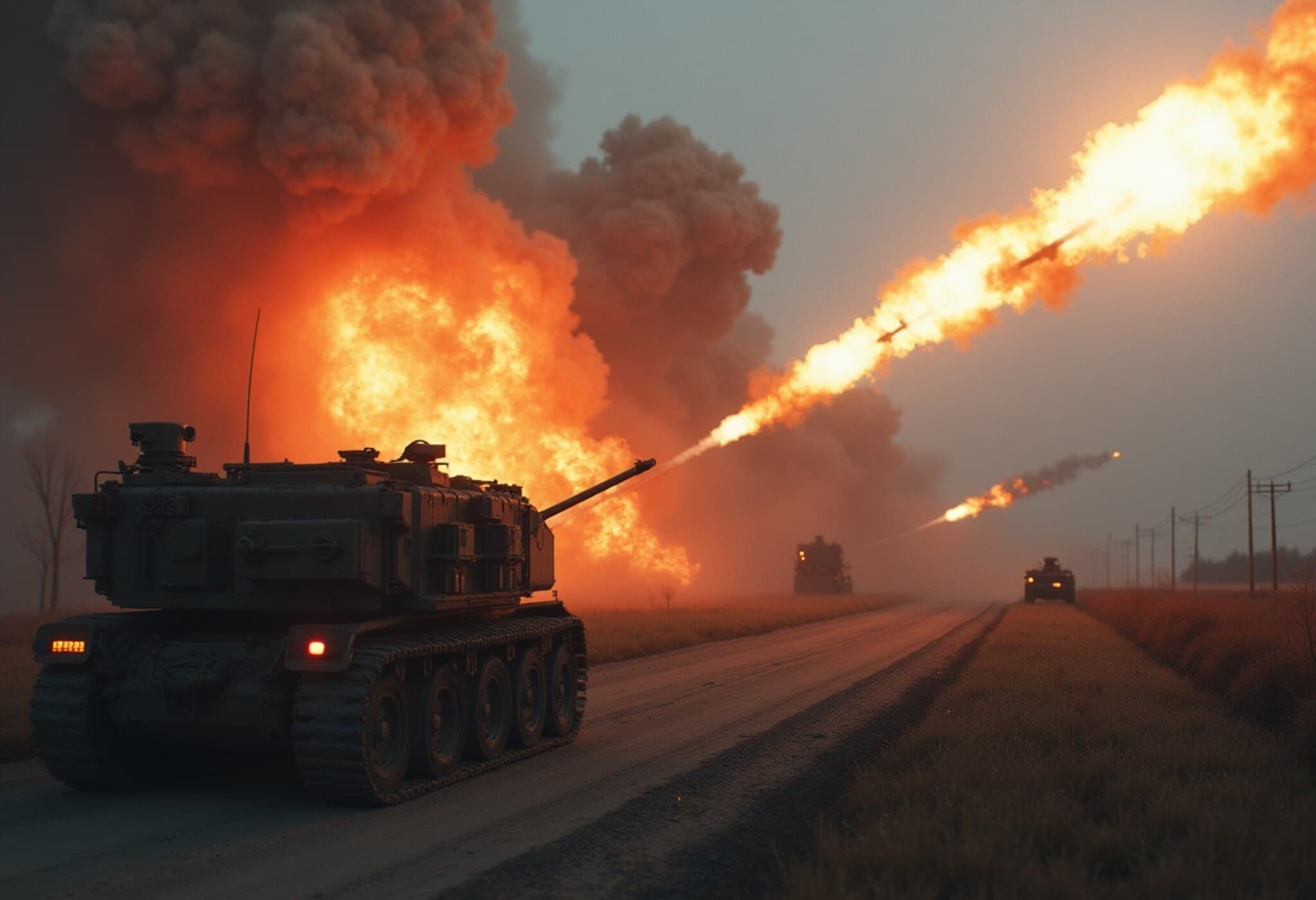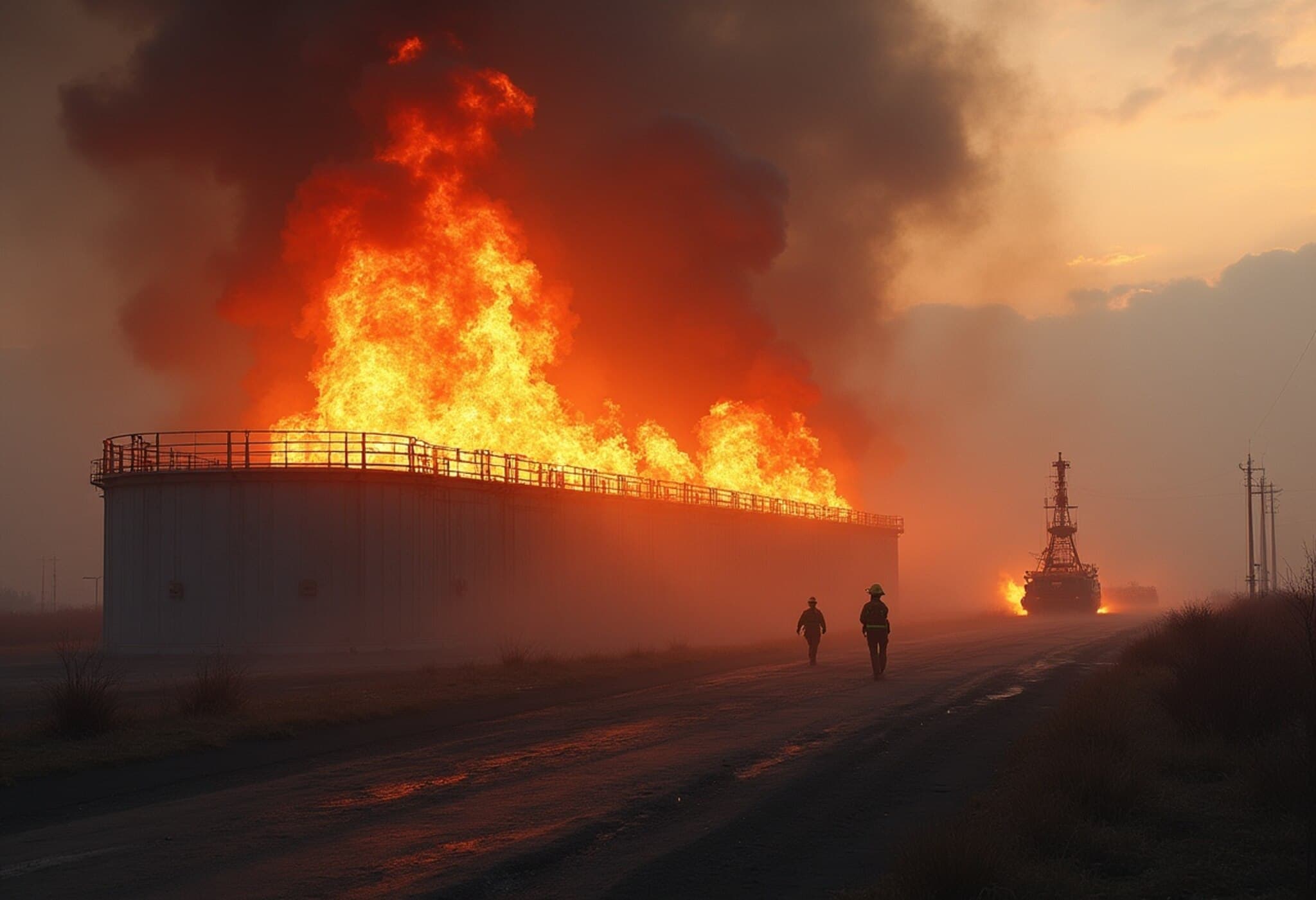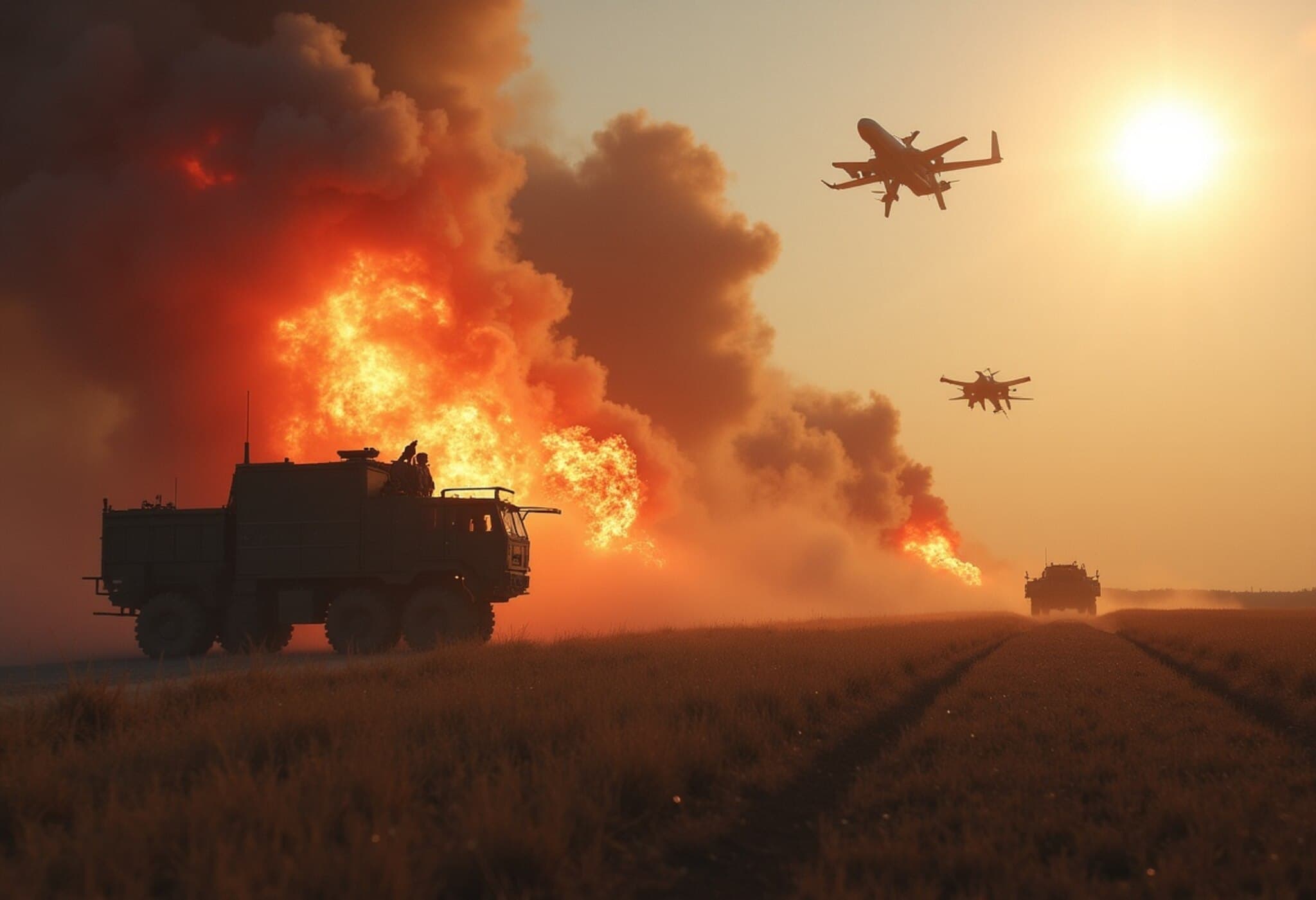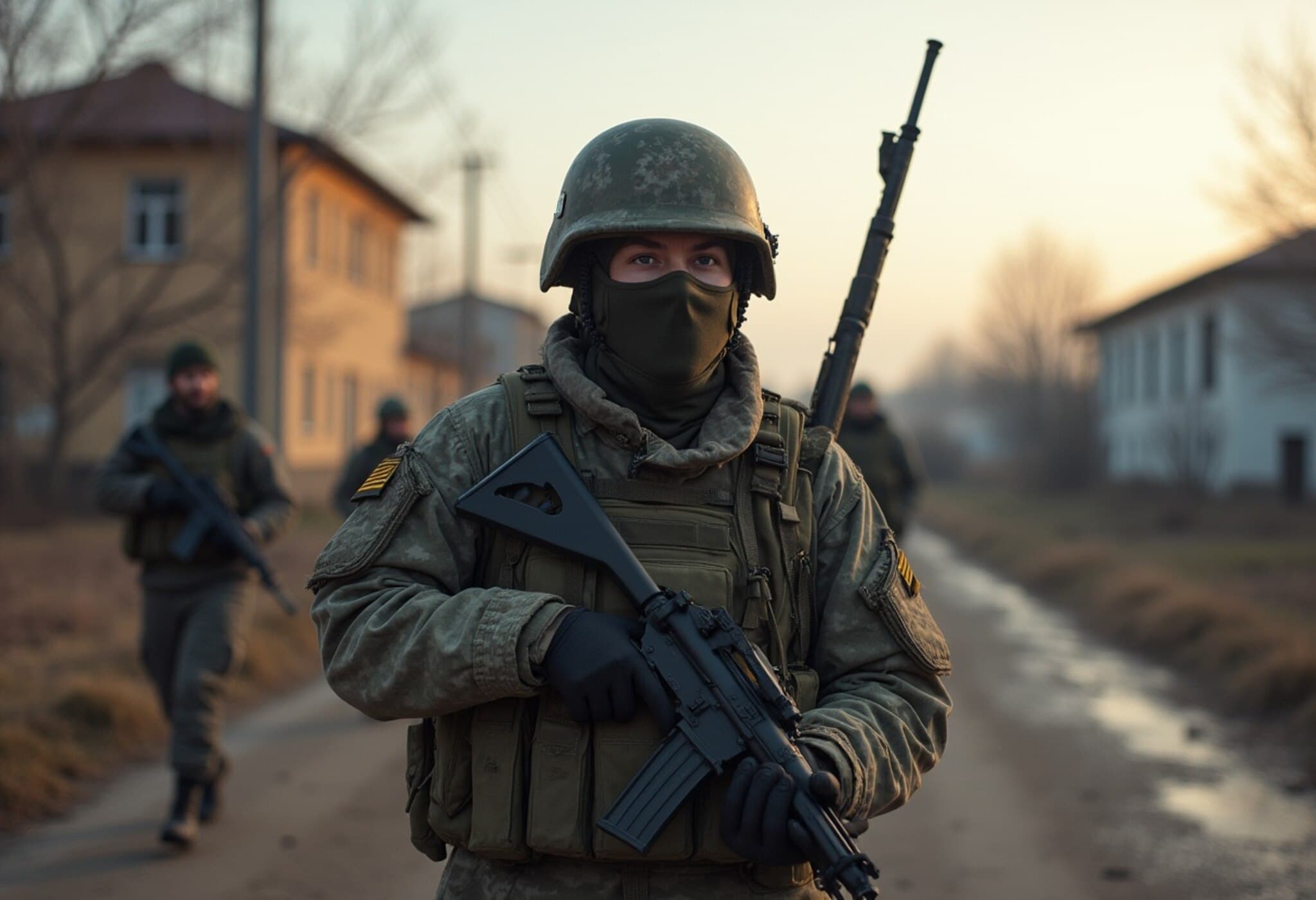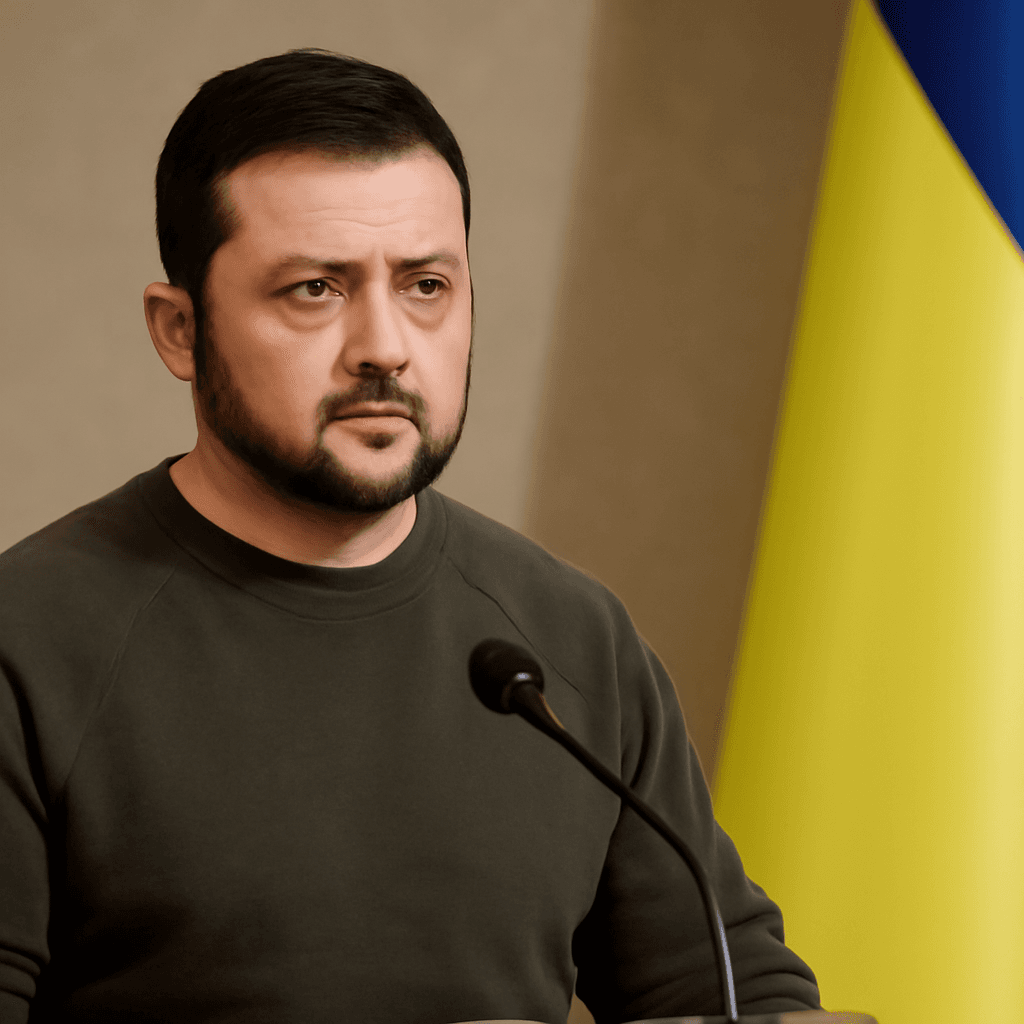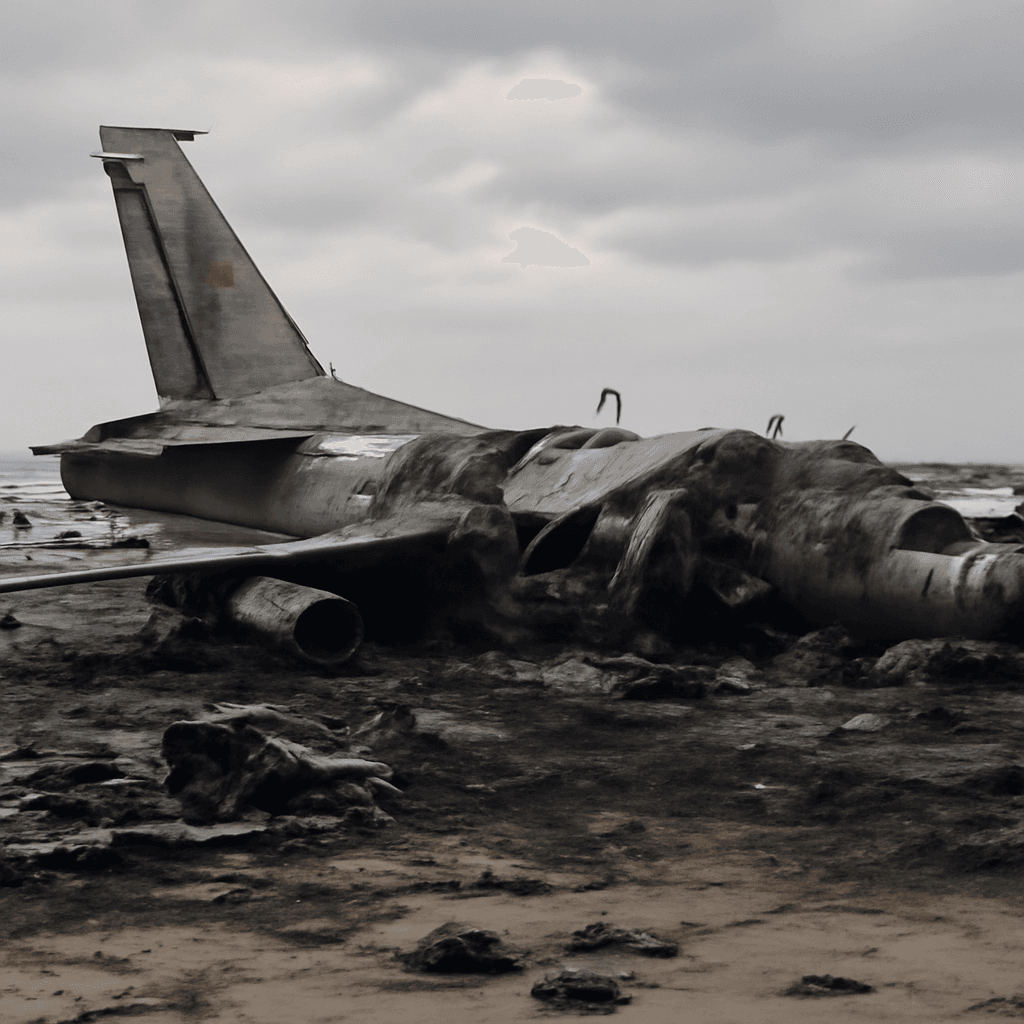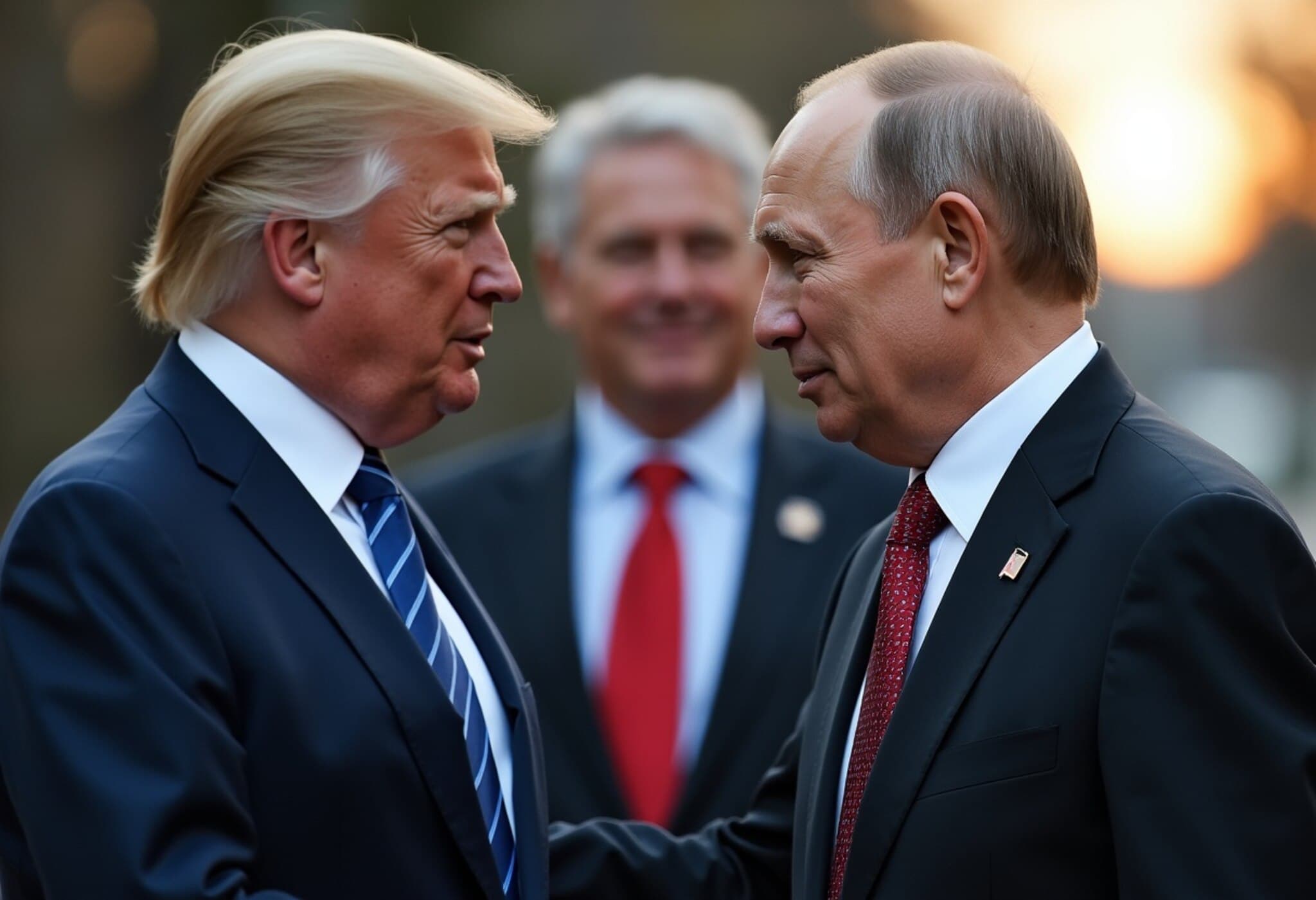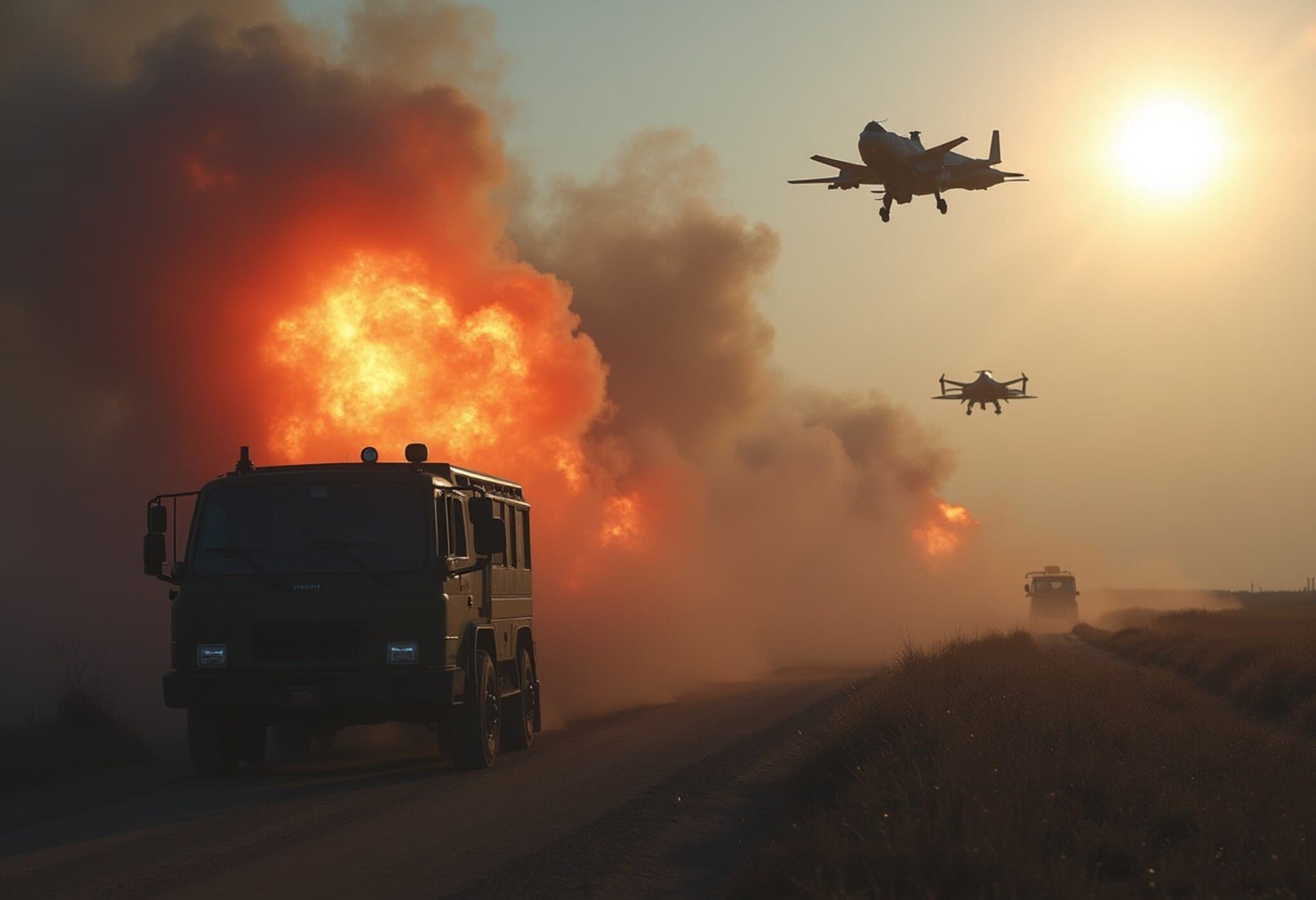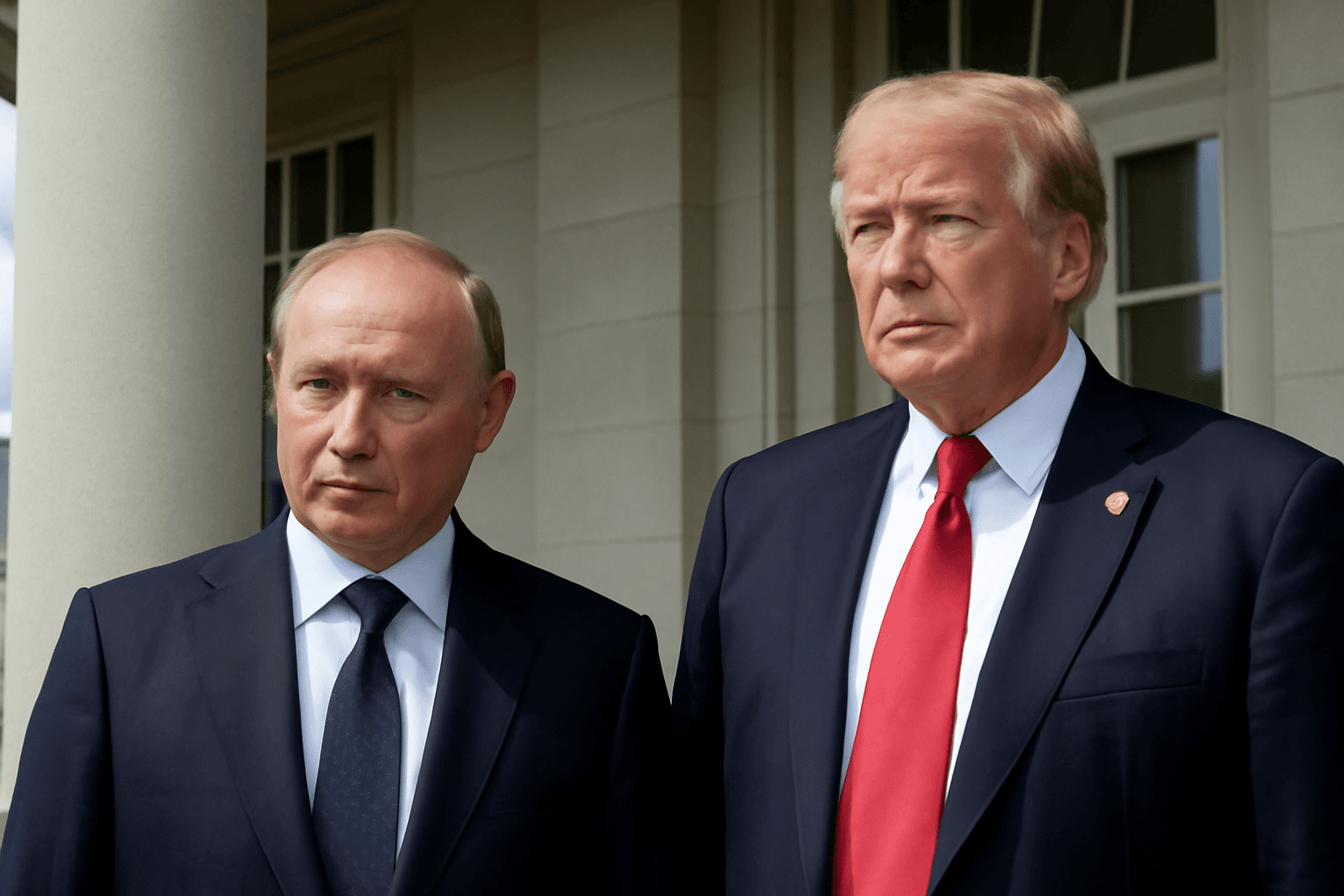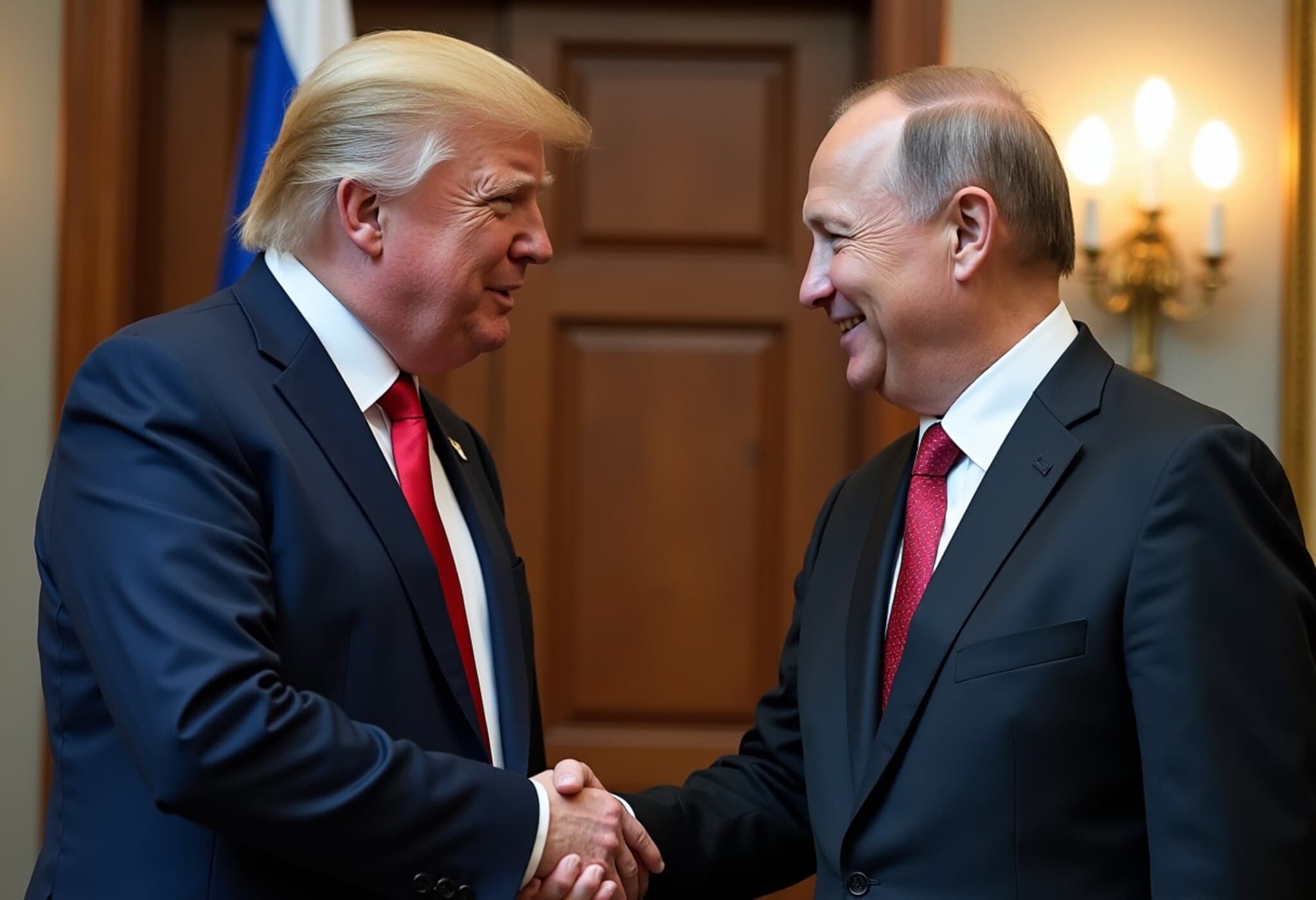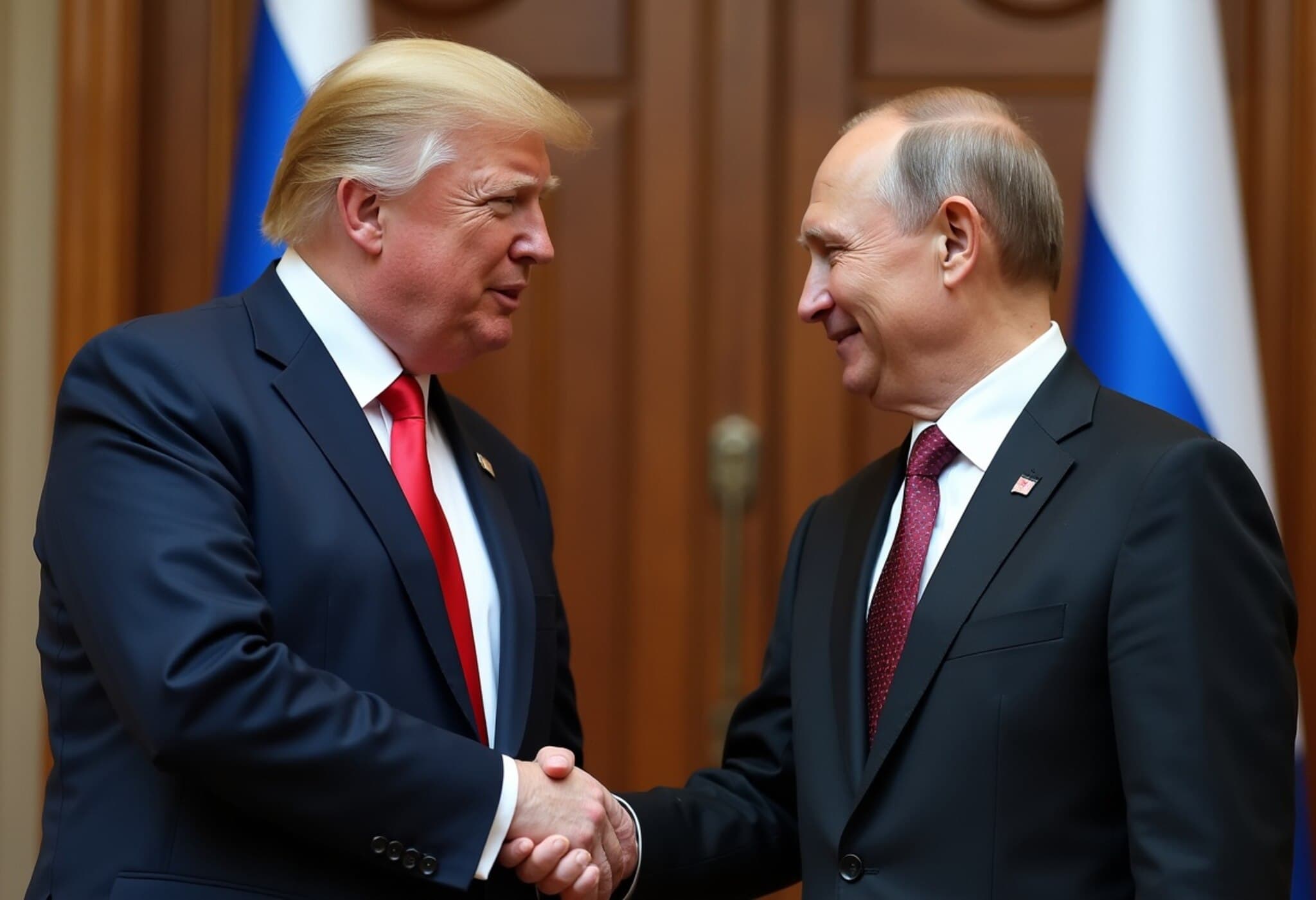Russia Executes Large-Scale Drone and Missile Strike on Ukraine
In a dramatic escalation of the ongoing conflict, Russia launched an unprecedented assault overnight, unleashing over 300 drones and more than 30 cruise missiles against Ukraine. This massive barrage reflects a significant spike in Moscow’s long-range attacks, further dimming hopes for a negotiated end to the brutal, three-year-long war.
Casualties and Damage in Odesa and Beyond
Ukrainian President Volodymyr Zelenskyy confirmed the devastating attacks via his social media platform, X, highlighting one fatality in the Black Sea port city of Odesa. City officials reported that more than 20 drones, accompanied by at least one missile, struck Odesa, igniting fires in a residential high-rise building that required the rescue of five people.
Mayor Hennadii Trukhanov detailed the human toll, noting that six others, including a child, were wounded. Additionally, critical infrastructure suffered damage in Ukraine’s northeastern Sumy region, underscoring the widespread impact of the overnight offensive.
Escalating Drone Warfare: A New Battlefield Dimension
Analysts observe that Russian forces have dramatically ramped up their use of drone swarms, often deploying greater numbers in single nights than were seen in entire months throughout 2024. The recent strike follows a record-setting offensive on July 8, when over 700 drones were dispatched. This evolution in warfare signals Moscow’s intent to maintain relentless pressure on Ukraine’s defenses and civilian centers.
In response, Russia claims to have intercepted 71 Ukrainian drones in the same timeframe. Near Moscow, authorities reported shooting down 13 drones targeting the capital. This tit-for-tat escalation highlights the intensity of aerial skirmishes that blur conventional frontlines.
Zelenskyy Appeals for International Defense Coordination
In the wake of these attacks, President Zelenskyy extended his gratitude to global leaders advancing cooperation on military aid to Ukraine. He emphasized the urgency of “promptly implementing agreements” to boost Ukraine’s defense industry, including joint weapons production, drone manufacturing, and enhanced air defense systems. These collaborations, seen by many experts as vital lifelines, represent a calibrated response to the growing complexity of Russia’s drone offensives.
Humanitarian Concerns: Russian Deportations to Georgia
Beyond battlefield developments, Ukraine’s Foreign Minister Andrii Sybiha condemned Russia for forcibly deporting Ukrainian citizens into Georgia. Many deportees, including former prisoners, have reportedly been abandoned without proper documents, stranded in transit zones along Georgia’s southern border.
This troubling practice raises serious questions about Moscow’s strategy of displacing populations amidst the war, complicating humanitarian aid efforts and regional stability. The Russian government has yet to respond to these allegations.
Expert Insights: The Broader Implications
From a strategic perspective, the intensified use of drones marks a paradigm shift in Eastern European warfare. The sustained attacks on urban infrastructure and civilian areas underscore the tragic human cost and the challenges in achieving ceasefire negotiations.
Moreover, international defense cooperation, particularly between Ukraine and Western allies, will be pivotal in countering Russia’s aerial tactics. The conflict's protraction also poses risks to global security dynamics, highlighting the need for renewed diplomatic engagement.
Looking Ahead: What Comes Next?
- Will Ukraine’s enhanced defense capabilities close the technological gap against Russia’s drone swarms?
- Can international diplomatic initiatives revive talks toward a sustainable ceasefire?
- How will the humanitarian crisis evolve given forced deportations into neighboring countries?
Editor’s Note
The intensification of drone attacks and missile strikes represents not only a tactical escalation but a profound humanitarian crisis. As frontline fighting persists, the international community faces the pressing task of balancing military support with diplomatic efforts to halt suffering. This latest wave of violence challenges us to reconsider the future of war in the drone age and underscores the urgent necessity for coordinated global responses.

